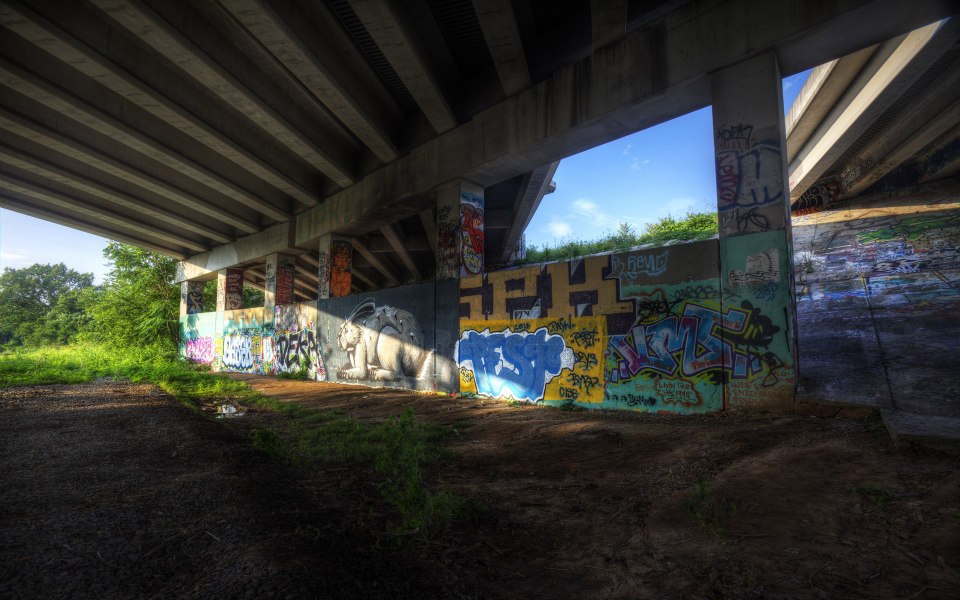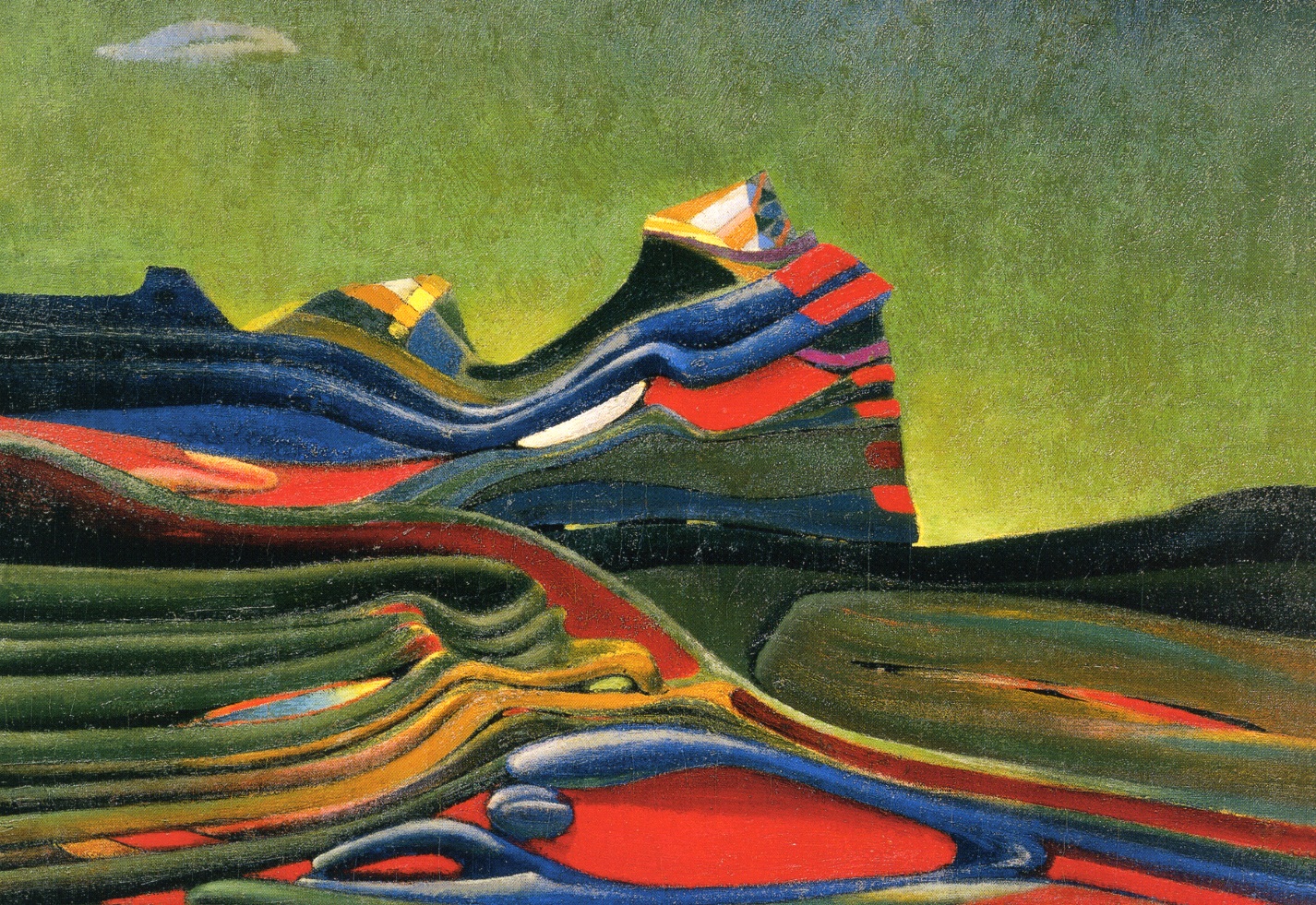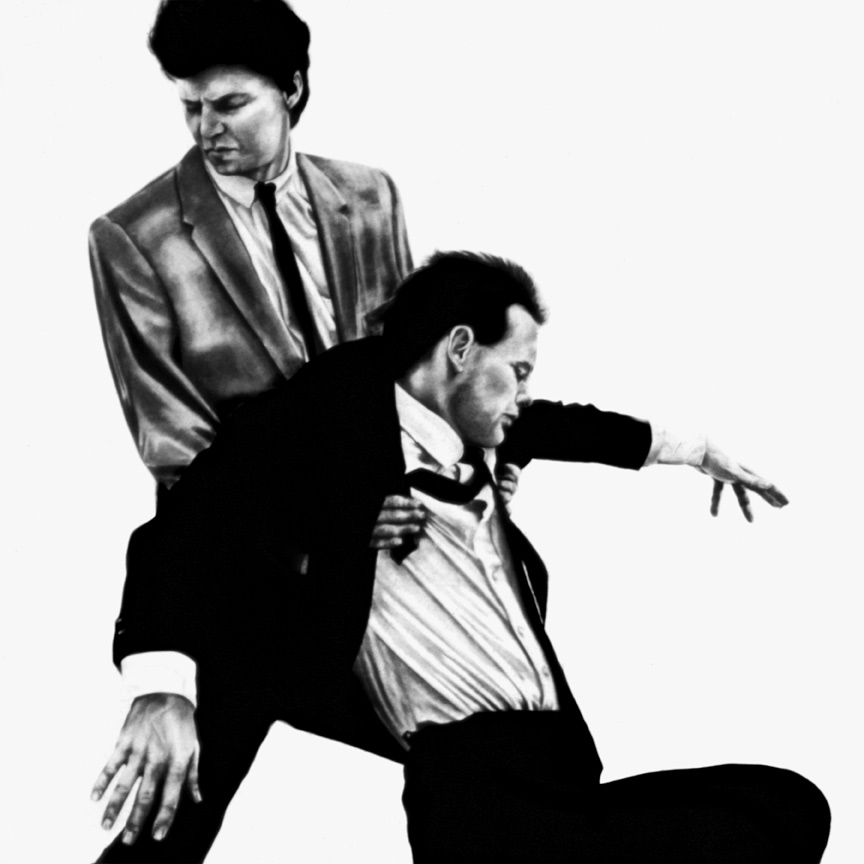
john adams
Nixon in China
During his rise to power, Richard Nixon became known as a leading anti-communist. After he became president in 1969, Nixon saw advantages in improving relations with China and the Soviet Union; he hoped that détente would put pressure on the North Vietnamese to end the Vietnam War, and he might be able to manipulate the two main communist powers to the benefit of the United States.”There is no place on this small planet for a billion of its potentially most able people to live in angry isolation.”Richard Nixon
.
opera full









